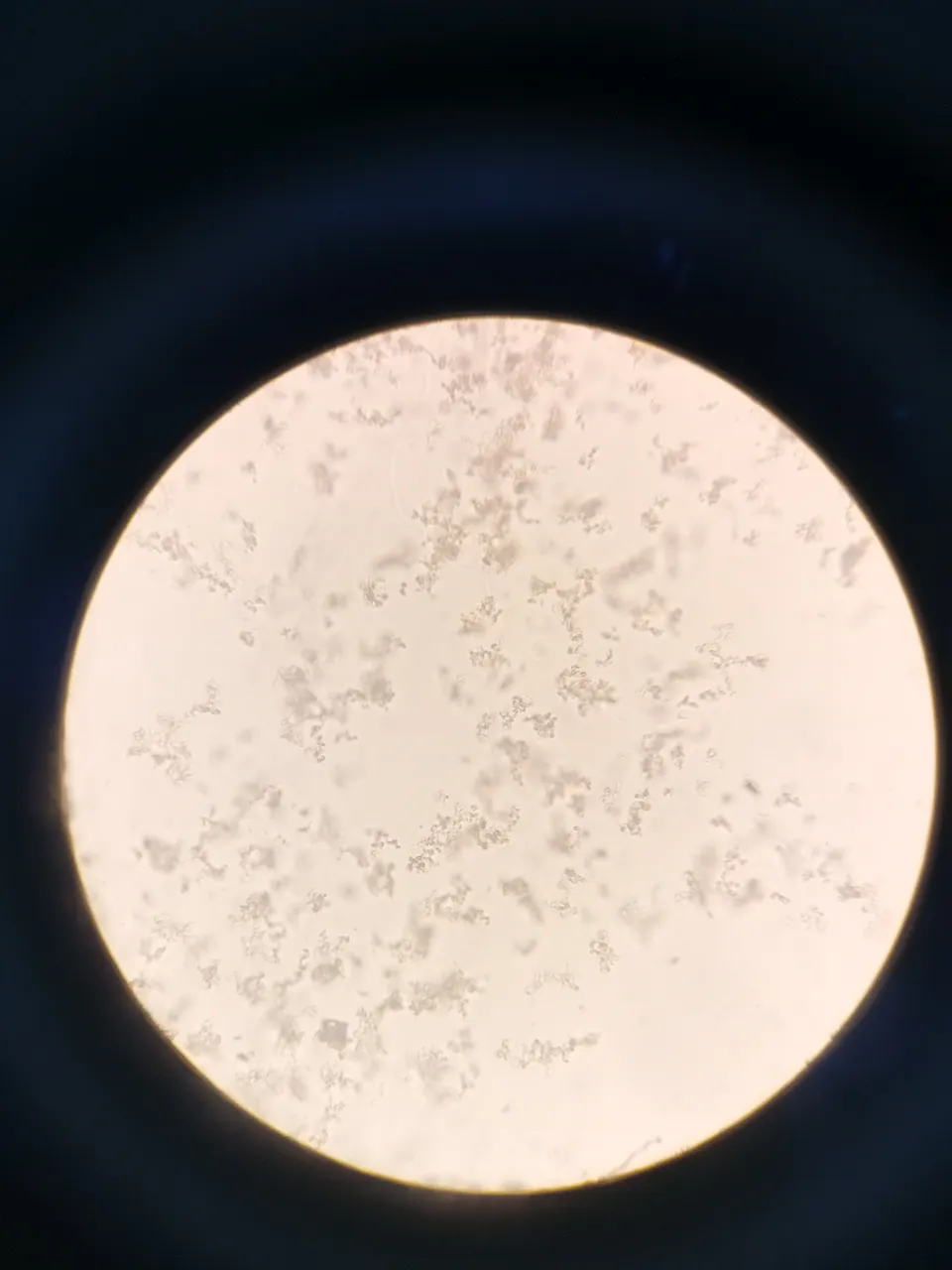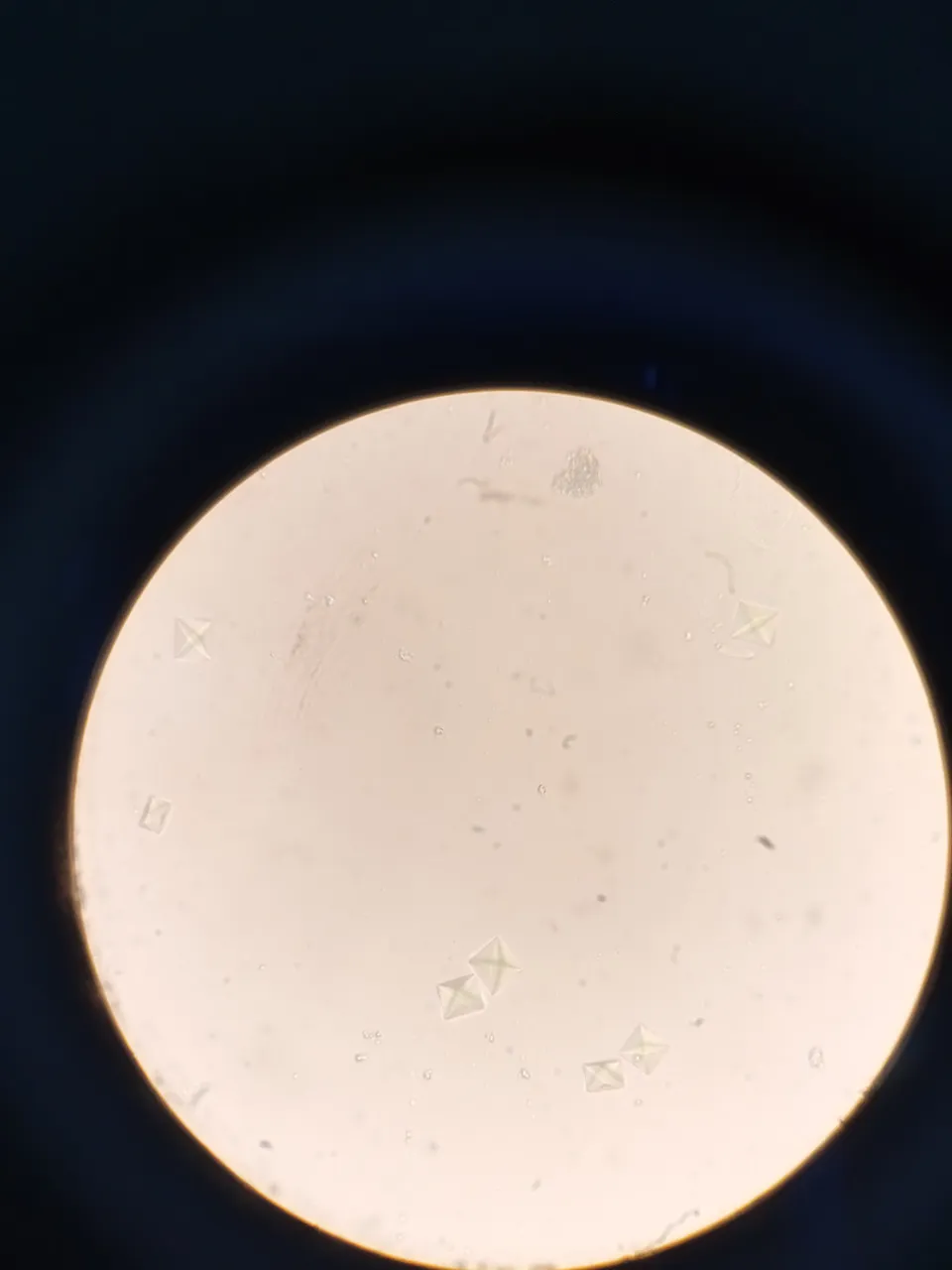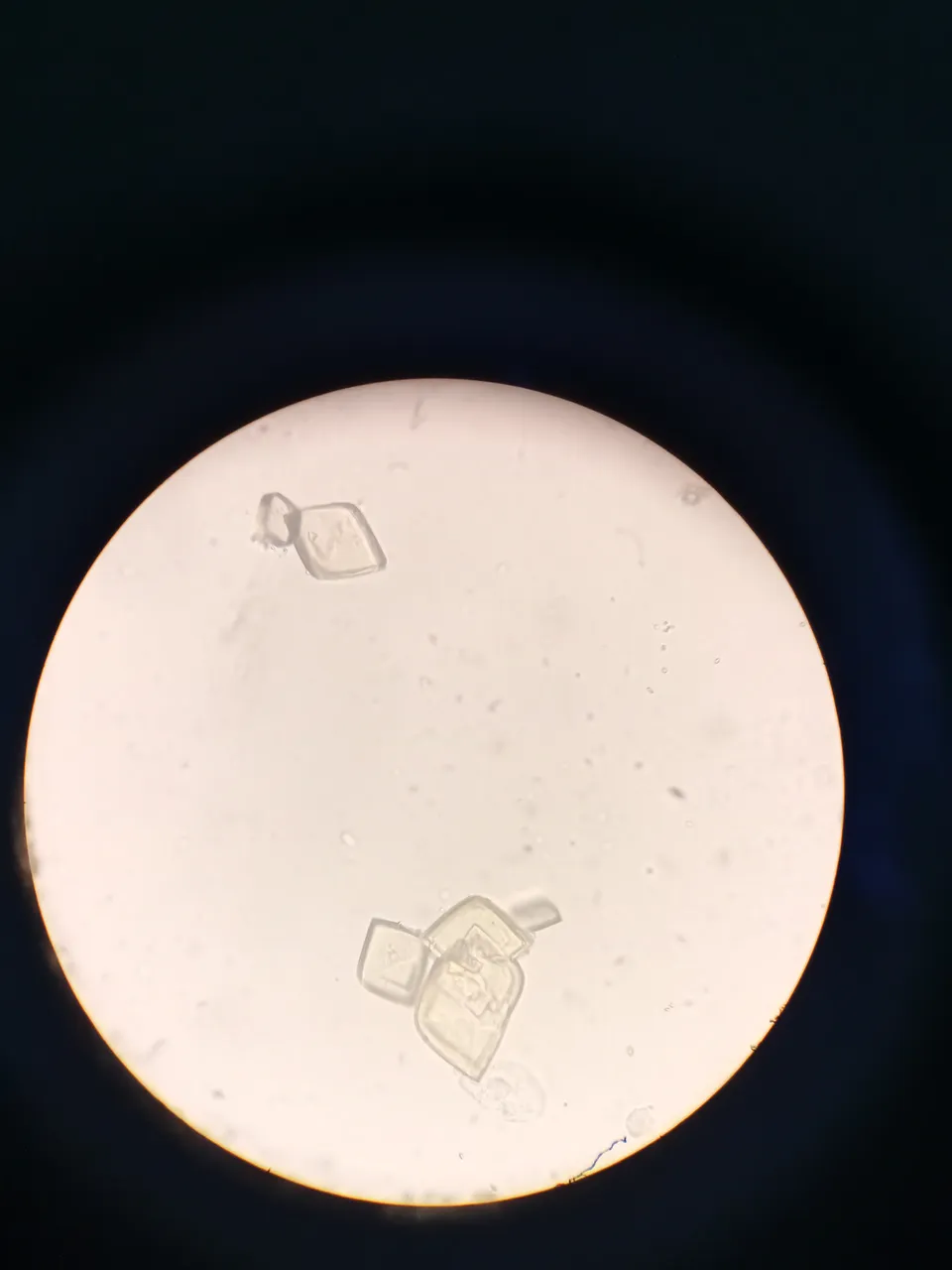Hoy les tengo este interesante post sobre estas estructuras que se observan con bastante frecuencia en el laboratorio clínico, que a pesar de ser muy hermosas al visualizarlas en el microscopio, pueden ser la causa de pequeñas incomodidades hasta grandes problemas de salud. Así que quédate y te contaré más sobre ellos.
Hello hello Hive community
Today I have for you this interesting post about these structures that are quite frequently observed in the clinical laboratory, which despite being very beautiful when visualized under the microscope, can be the cause of small discomforts up to big health problems. So stick around and I will tell you more about them.
Los cristales son pequeñas estructuras que se forman a partir de otros elementos como calcio, magnesio, así como por el producto de la biotransformación de algunos medicamentos. Suelen ser encontrados en baja proporción en muestras de pacientes que ingieren poca agua o que han presentado fiebre y en alta proporción en pacientes con enfermedades específicas como infecciones urinaras, gota, o piedras en los riñones (litiasis renal). Por medio de un examen general de orina, los cristales, pueden ser identificados haciendo uso de un microscopio y de acuerdo al pH de la orina se pueden encontrar:
Crystals are small structures that are formed from other elements such as calcium, magnesium, as well as by the biotransformation product of some drugs. They are usually found in low proportion in samples from patients who ingest little water or who have presented fever and in high proportion in patients with specific diseases such as urinary tract infections, gout, or kidney stones (renal lithiasis). By means of a general urine examination, crystals can be identified using a microscope and according to the urine pH they can be found:
Cristales de uratos amorfos, se encuentran en orinas con pH ácido y no presentan una forma definida como la de otros cristales y pueden surgir por tener una baja ingesta de líquidos o al enfriarse la muestra. No tienen mucha importancia a nivel clínico.
Amorphous urate crystals, are found in urine with acid pH and do not have a defined shape like other crystals and may arise due to low fluid intake or cooling of the sample. They are of little clinical significance.

Cristales de oxalato de calcio, se encuentran en orinas con pH ácido, tienen forma de sobres de carta o envolturas de regalo. Surgen por tener una alta ingesta de calcio así como por baja ingesta de líquidos. Puede considerarse normal encontrarlos, sin embargo, se ha visto asociado en pacientes que presentan Diabetes Mellitus, enfermedades renales o hepáticas.
Calcium oxalate crystals, found in urine with acid pH, are shaped like envelopes or gift wrapping. They arise from high calcium intake as well as low fluid intake. It can be considered normal to find them, however, it has been associated in patients with Diabetes Mellitus, renal or hepatic diseases.

Cristal de ácido úrico, se encuentran en orinas con pH ácido, pueden observarse en diversas formas como de hoja, diamante o prisma. Surgen al tener una alta ingesta de proteínas. Se observan en pacientes con enfermedades renales crónicas así como aquellos que presentan gota, una enfermedad inflamatoria de las articulaciones que producen dolores intensos a causa de la acumulación en la misma de estos cristales.
Uric acid crystals, found in urine with acid pH, can be observed in various forms such as leaf, diamond or prism. They arise when there is a high protein intake. They are observed in patients with chronic renal diseases as well as those who present gout, an inflammatory disease of the joints that produce intense pain due to the accumulation of these crystals in the joints.

Cristales de fosfatos amorfos, se encuentra en orinas con pH alcalino y al igual que los uratos amorfos no presentan una forma definida y no tienen gran importancia clínica.
Amorphous phosphate crystals are found in urine with alkaline pH and, like amorphous urates, do not have a defined shape and are not of great clinical importance.
Cristal de fosfato amónico magnésico, se encuentra en orinas con pH alcalino, tienen forma de tapa de ataúd. La presencia de estos cristales se da en pacientes con problemas renales o de las vías urinarias, así como en hipertrofia de la próstata.
Magnesium ammonium phosphate crystals, found in urine with alkaline pH, have the shape of a coffin lid. The presence of these crystals occurs in patients with kidney or urinary tract problems, as well as in prostate hypertrophy.
Encontrar estas estructuras en orina es bastante común y pueden ser asintomáticas, pero si existen pacientes que presentan síntomas que debilitan su estado vital como dificultad para orinar, dolor en la parte baja del abdomen siendo indicativo que se está generando un problema en los riñones.
Finding these structures in urine is quite common and may be asymptomatic, but there are patients who present symptoms that weaken their vital state such as difficulty urinating, pain in the lower abdomen, indicating that a kidney problem is being generated.
Gracias por leer y les concluyo este post recordándole que si no han tomado agua hoy, háganlo… Cuiden de sus riñones, el agua es vida.
Buenas noches a todos
Thank you for reading and I conclude this post by reminding you that if you have not drunk water today, do it... Take care of your kidneys, water is life.
Good night to all of you.
Nota: Todas las fotos fueron tomada por mi con mi teléfono Alcatel 1V, Excepto las mencionadas arriba.
Nota: Traducción realizada con DeepL
Note: All photos were taken by me with my Alcatel 1V phone, except the ones mentioned above.
Note: Translation done with DeepL
REFERENCIAS
REFERENCES

